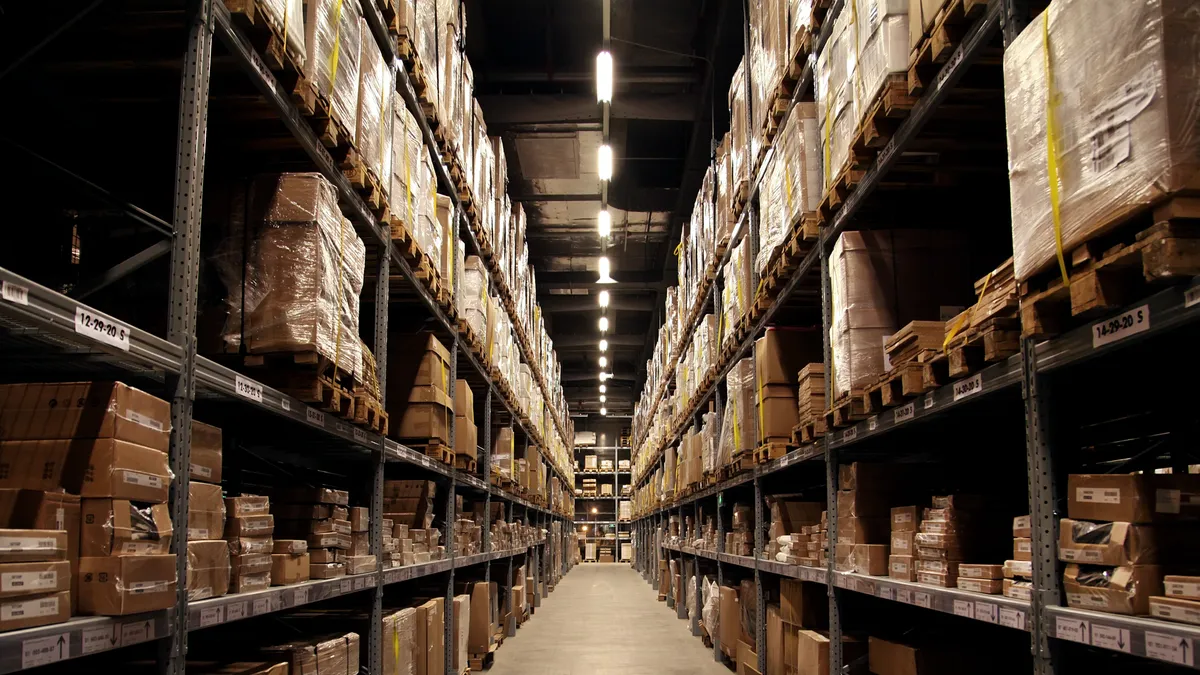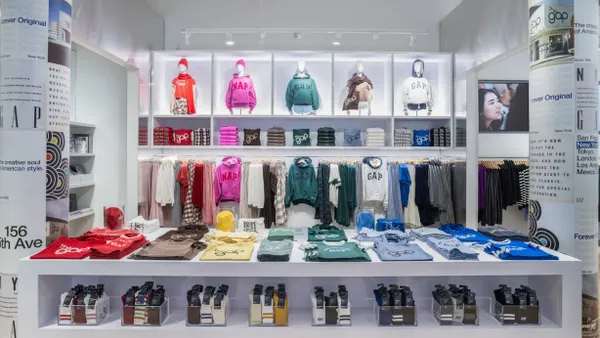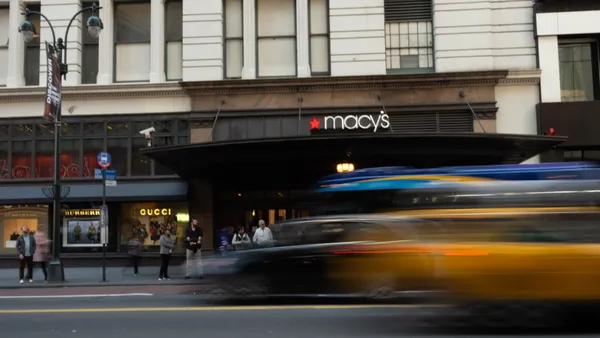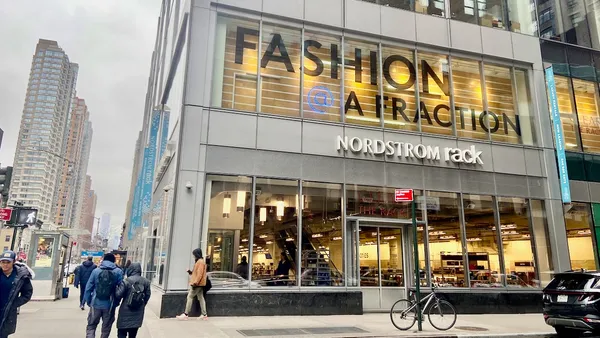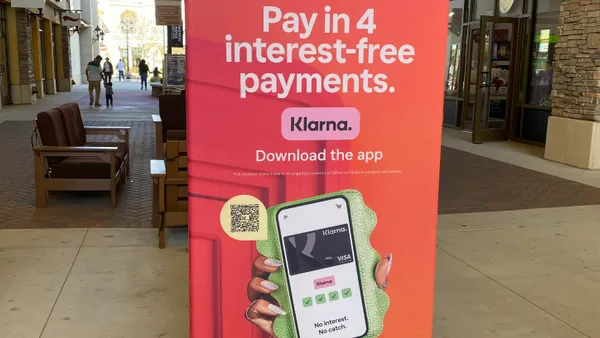Dive Brief:
- CBRE expects online retail sales to grow by 40% this year to reach $234.9 billion, and it expects $70.5 billion of these purchases to be returned, according to a report released Monday.
- Many retailers are expected to rely on third-party logistics providers (3PLs) after the holidays to help handle the expected surge in reverse logistics. 3PLs accounted for more than 27% of industrial real estate transactions for deals of 100,000 square feet or more as of Oct. 2020, according to CBRE.
- The capacity constraints 3PLs are facing during peak season have been widely reported, but expanded networks are expected to benefit retailers when it comes time to process returns. "I do think it's good news that we're coming through a COVID period where, again, the supply chain capacity itself is somewhat expanded," John Morris, the executive managing director of CBRE's Americas industrial and logistics operation, said in a Monday webinar releasing the report.

Dive Insight:
It's important for retailers to get the returns process right. Reverse logistics is expensive, and cutting corners can generate unwanted waste.
"The return process for an online order involves several steps that include the cost of pickup handling and many touches as items move back into inventory," Matt Walaszek, the director of research for CBRE's industrial and logistics division, said Monday.
The need to manage these steps is why many retailers will turn to a 3PL partner as they attempt to reduce their shrink by efficiently moving returns back into inventory. Other returns will be sent back to vendors for credits, sold to other retailers, donated or destroyed, CBRE said in its report. The reliance on logistics partners has led 3PLs to be the largest demand driver for warehouse space in the U.S., according to Walaszek.
And more returns "means more inventory coming back, increasing space demand, especially during the holiday season," he said.
Melina Cordero, a managing director for retail capital markets at CBRE, noted that making the returns process easy for customers is important for ensuring a positive customer experience. Retailers prefer to have returns brought to their store to avoid shipping costs, but in-person limitations due to the pandemic complicate this option.
Companies are still trying to use their in-store pickup infrastructure to process returns, but are making changes due to the pandemic. This can include expanding return windows to spread out foot traffic. Partnering with 3PLs, though, is a quick way to increase the number of drop-off locations, she said.
XPO said in its most recent earnings that it had seen increased interest in supply chain outsourcing in the e-commerce space.
"Key drivers of our revenue growth in logistics include the global acceleration of e-commerce, which increases both fulfillment and returns, as well as an increase in the customer trend toward outsourcing and the rapid growth of supply chain automation," XPO Chief Strategy Officer Matt Fassler said last month.
While there are plenty of 3PL partners to turn to, the in-house technology side of reverse logistics is less mature. The technology for managing reverse logistics is a pretty new market, Morris said. Retailers mostly send the SKU backward through the existing information technology system to get it back into inventory.
"It's been something that's been not paid as much attention to in retail in the last 10 years," he said. "I think most of the capital that has gone into tech generally has been in the third party space, but if it is an item that came from your supply chain, at least you'd be able to manage it and track it going backwards."



